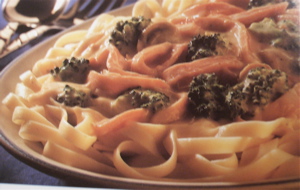bromeliads
 One of the easiest plants to care for is the bromeliad, which creates the most spectacular of all house plant displays. One of the most popular of the bromeliads is Aechmea Fasciata (A. Rhodocyanea) shown in the photograph above. The method of watering this plant is most unusual in that you water into the central rosette rather than into the compost. Then there is the unusual flowering habit - as the flower head opens, the parent rosette begins to die, although it may survive for a further year or two. So propagation after flowering is necessary if you wish to preserve your collection.
One of the easiest plants to care for is the bromeliad, which creates the most spectacular of all house plant displays. One of the most popular of the bromeliads is Aechmea Fasciata (A. Rhodocyanea) shown in the photograph above. The method of watering this plant is most unusual in that you water into the central rosette rather than into the compost. Then there is the unusual flowering habit - as the flower head opens, the parent rosette begins to die, although it may survive for a further year or two. So propagation after flowering is necessary if you wish to preserve your collection.The native home of the bromeliads is the American jungle where they live among orchids in the trees or on the forest floor. These plants thrive well indoors or outdoors in balmy climates away from direct sunlight. They should be kept in small pots with drainage holes, and a peat-based compost. Remember that they do have a tiny root system, so over-potting or over-watering can be fatal, just as with any other indoor plant.
Bromeliad Facts
The above information and much more can be found in the book The House Plant Expert



